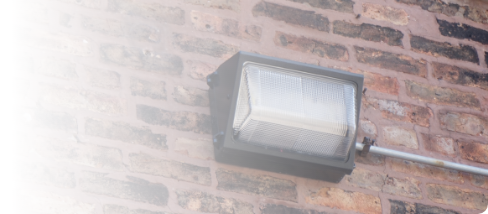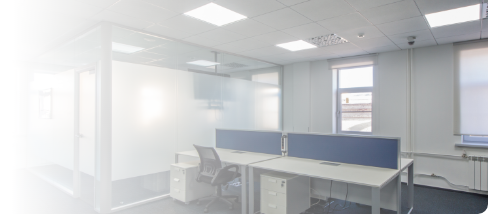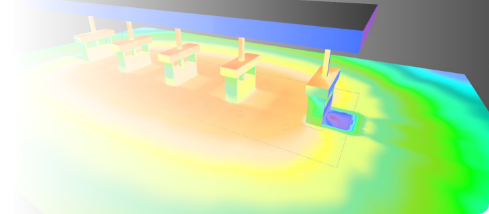You have no items in your shopping cart.
- Catalog Download
- Find a Distributor
Application Guide
LED Lighting Fixtures for Schools & Classrooms
Discover the transformative power of LED lighting for schools and classrooms with Jarvis Lighting's innovative solutions. Our energy-efficient, cost-effective, and environmentally friendly LED lighting options create vibrant, productive learning environments for students and educators alike. Explore our comprehensive collection and enhance your educational space today!
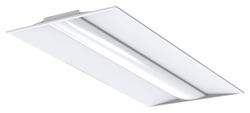
LED Lighting Fixtures for Schools & Classrooms
Wattage Range: 16W - 40W
Lumens Range: 2,000 - 5,200lm
The new JTRF Troffer Series from Jarvis Lighting is an easy-to-install indoor lighting solution. This troffer series provides bright, comfortable lighting for interior and office environments. It is designed with a...
LED Troffer Luminaire JTRF Series
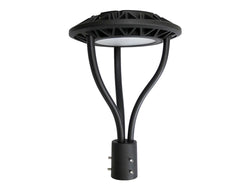
LED Lighting Fixtures for Schools & Classrooms
Wattage Range: 26W
Lumens Range: 3,050-3,100lm
High quality lighting with long lasting LEDs. This light fixture is for outdoor locations with a low mounting height to improve safety and security areas. With a sleek architectural design,...
LED Post Top Luminaire PTL Series

LED Lighting Fixtures for Schools & Classrooms
Wattage Range: 80-220W
Lumens Range: 12,000-33,000lm
The HBL-A series is a dependable and affordable solution for a wide variety of high bay lighting applications including replacing HID and linear fluorescent high bay lights. Featuring optics specifically...
LED Linear High Bay Light White HBL-A Series
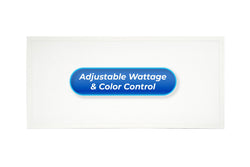
LED Lighting Fixtures for Schools & Classrooms
Wattage Range: 20W-45W
Lumens Range: 2,550 - 5,738lm
The Jarvis Lighting JLP Series Selectable Wattage and CCT panel features slim construction to provide bright, comfortable lighting for interior and office environments. Easily adjust the fixture wattage or color...
LED Panel Light Adjustable Wattage + Color Temperature - Backlit - 3500K (Warm White) / 4000K (Natural White) / 5000K (Daylight White) JLP Series - 12 Count
DEAL
While Supplies Last
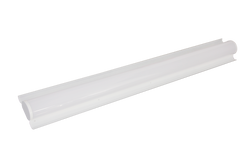
LED Lighting Fixtures for Schools & Classrooms
Wattage Range: 24-40W
Lumens Range: 3,120-5,205lm
This sleek linear strip retrofit kit is compatible with many linear fluorescent light fixtures, including T8 and T12 fixtures. Built for lighting fast installations, its unique design creates bright even...
SRK Series LED Linear Strip Retrofit Luminaire
Lighting for Schools & Classrooms
Schools and classrooms require effective, efficient, and sustainable lighting solutions to promote a comfortable learning environment. LED lighting for schools and classrooms provides numerous benefits, including energy savings, reduced maintenance costs, and improved visual comfort. A wide range of LED lighting fixtures is specifically designed to meet the unique needs of educational institutions. These innovative solutions not only enhance students' focus and well-being but also contribute to a greener planet. Explore the latest LED lighting technology to create dynamic, engaging, and future-ready learning spaces for today's students and educators.
Best Practices
Consider the specific needs of different learning spaces
Best Practices
Prioritize visual comfort
Best Practices
Integrate daylight harvesting systems
Best Practices
Ensure appropriate illuminance levels
Frequently Asked Questions
LED lighting for schools and classrooms significantly improves visual comfort by providing consistent, flicker-free illumination. The adjustable color temperatures and high color rendering index (CRI) of LED lights ensure accurate color representation, reduced glare, and minimized eye strain. As a result, students and teachers experience a comfortable and visually appealing learning environment.
LED lighting for schools and classrooms is generally considered safe, as it does not emit harmful UV rays or contain hazardous materials like mercury. Furthermore, LED lights produce less heat, reducing the risk of fire hazards. However, it is essential to choose high-quality LED products from reputable manufacturers and ensure proper installation to minimize any safety concerns.
LED lighting for schools and classrooms can positively impact students' focus and performance by providing optimal lighting conditions. The adjustable color temperatures and uniform illumination of LED lights can help reduce eye strain, fatigue, and headaches. Moreover, studies have shown that well-lit environments enhance concentration, cognitive function, and overall well-being, leading to better academic outcomes.
LED lights are known for their longevity, with an average lifespan of 50,000 hours or more, depending on the quality of the product. In a school or classroom setting, this extended lifespan translates to reduced maintenance and replacement costs, making LED lighting for schools and classrooms a more cost-effective and sustainable solution compared to traditional lighting options.
Many governments and organizations offer incentives or grants to encourage energy-efficient upgrades, including LED lighting for schools and classrooms. These programs can help offset the initial costs of switching to LED lights, making the transition more affordable. It is advisable to research available funding options in your region and consult with local utility providers for information on available incentives.
Integrating LED lighting into existing school infrastructure can be accomplished through retrofitting or replacing existing fixtures. Retrofitting involves updating current fixtures to accommodate LED technology, while replacement involves installing entirely new LED fixtures. Both options can provide energy savings, improved visual comfort, and reduced maintenance costs, making LED lighting for schools and classrooms a wise investment in the long run.


